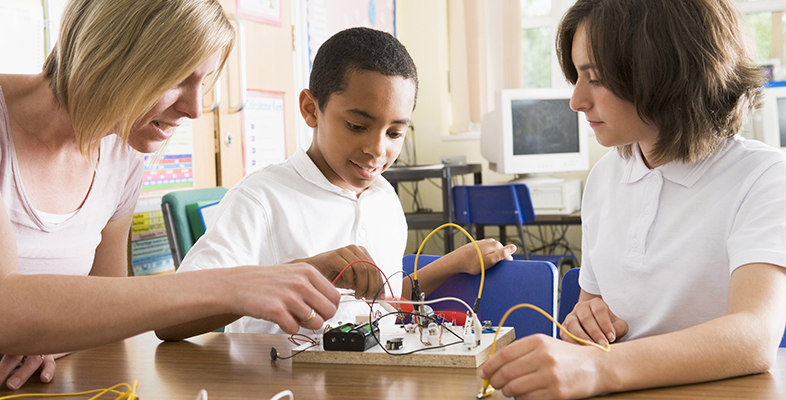3.3 Ideas and evidence
As well as making the most of critical incidents, more targeted activity is needed to support students’ learning of the nature of science. An important aspect of this is ‘ideas and evidence’. Through the ages human beings have come up with ideas to explain their experience of the world. Moving beyond superstition involves collecting and interrogating evidence to support or refute ideas, making ‘ideas and evidence’ central to the scientific endeavour.
Osborne (2002) argued that historical case studies can help a student to focus on what it means to do science. Incorporating the stories behind scientific discoveries can bring the nature of ‘ideas and evidence’ to life for students. It can also show that the ideas they may hold were once helped by famous scientists in the past. Such accounts can also convey other important messages about the nature of science and what being a scientist involves.
Activity 8 Scientific stories
Now watch a video on the work of Van Helmont [Tip: hold Ctrl and click a link to open it in a new tab. (Hide tip)] . (Alternatively, you can read a transcript.) How might this story be used in teaching the topic of photosynthesis? What messages does it convey about science, past and present?
An important and overlooked part of being a scientist is not always having the ‘right’ answer or ‘truth’. Van Helmont’s ideas about how plants get their food is one held by many people. Scientists have ideas, formulate hypotheses and collect evidence. Often the evidence refutes their hypotheses, but the value of that is not communicated to students who feel deflated when this happens to them. A culture of ‘getting the right answer’ is unhelpful and contrary to the nature of science.
There is support for teachers wanting to develop their science teaching practice. The Nuffield Foundation’s ‘Practical Work for Learning’ comprises a set of resources that exemplify three different approaches to practical work: argumentation, model-based inquiry and science in the workplace. The Science Enhancement Programme (SEP), set up in 1998 by the Gatsby Charitable Foundation, developed innovative resources to enhance science education and support science teachers. The extensive set of publications and resources have now been transferred to the National STEM Centre eLibrary. This collection includes resources and activities to support the teaching of ‘ideas and evidence’.
Activity 9 Exploring different approaches
You should now explore:
- the SEP’s ‘How science works’ resources, which are designed to support teaching and learning about the nature of science
- the materials under ‘Teaching ideas and evidence in science at Key Stage 3’
- the Nuffield Foundation’s ‘Practical Work for Learning’ project.
Use one or more of the activities in your teaching and then reflect on the outcomes. To what extent did the activity you chose support discussion and challenge the students’ thinking? What learning outcomes were evident?
